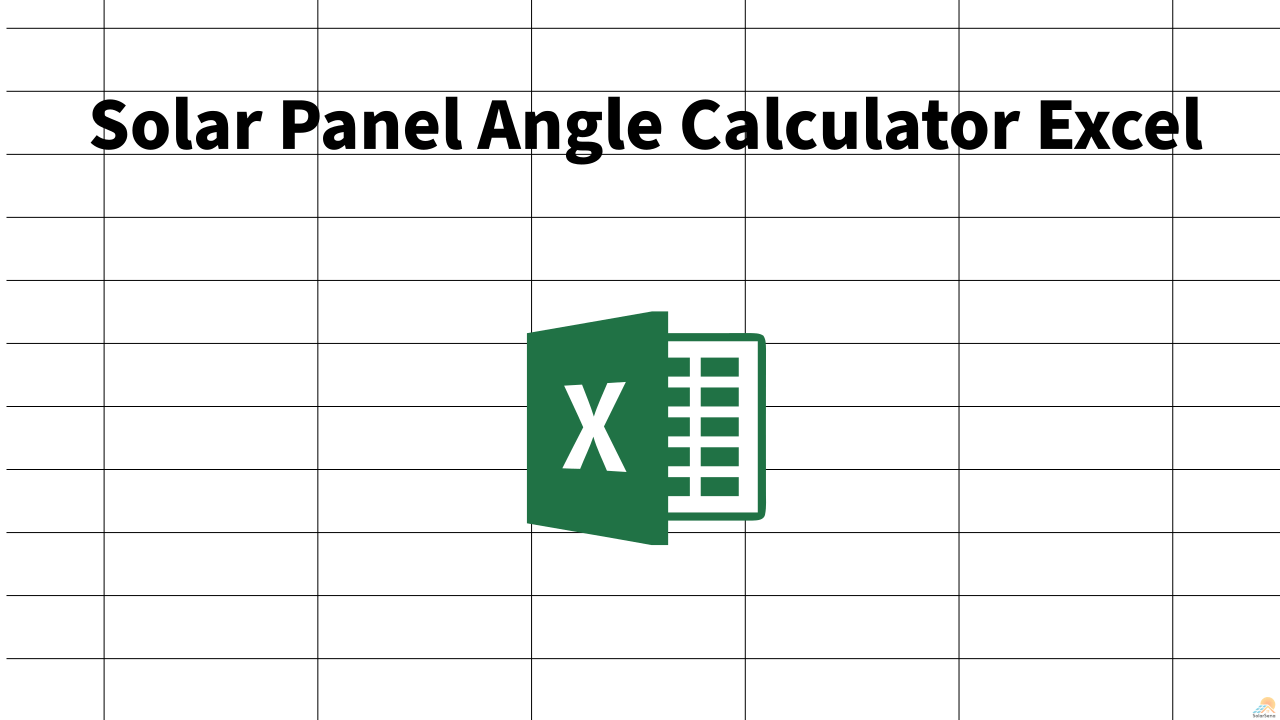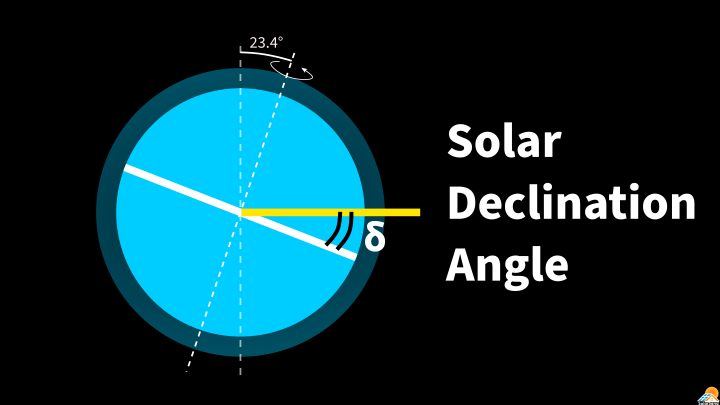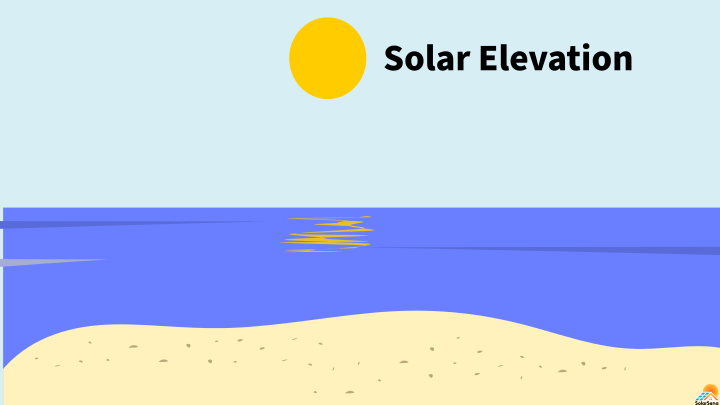The solar panel tilt angle is the angle between the solar panel and the surface of the ground. It is one of the important parameters in deciding the orientation of solar panels.
You can use the MS Excel spreadsheet attached to this article to find the tilt angle.
Note: Alternatively, you use SolarSena’s online tilt angle calculator. The online calculator returns a better estimate than the Excel calculator.
Solar panel tilt angle & direction Excel
Click the below button to download the MS Excel spreadsheet.
How to use the Excel calculator
There is only one input in the Excel calculator. It is the latitude of the place. Based on the latitude alone, we can estimate the orientation of solar panels. You can find the latitude of your location through Google Search.
If your location is in the northern hemisphere, the latitude would be measured in “degrees north,” for example, Los Angeles is at 34.05° N. On the other hand, in the southern hemisphere, the latitude is measured in “degrees south,” for example, Sydney is at 33.87° S.
For the north, we enter positive latitude, e.g., 34.05 for Los Angeles. And for the south, we input the latitude in the negative, e.g., −33.87 for Sydney.

The calculator returns three outputs. The first is the optimal direction for solar panels. The value of it will be either north or south.
You can also check out SolarSena’s direction calculator, which gives better results.
The second output is the optimal tilt angle for fixed solar panels. In the case of the fixed solar panels, we permanently mount panels at a particular angle. So, the optimal angle must be such that it should produce considerable solar power in all seasons.
The third output gives the optimal angles for seasonal adjusted solar panels. The angles, months, and seasons are arranged in a tabular format. In the summer months, the optimal tilt angle will always be smaller than in winter. It is because the sun is overhead in summer, so we have to tilt panels horizontally. In winters, the sun is near the horizon, so panels are positioned vertically.



